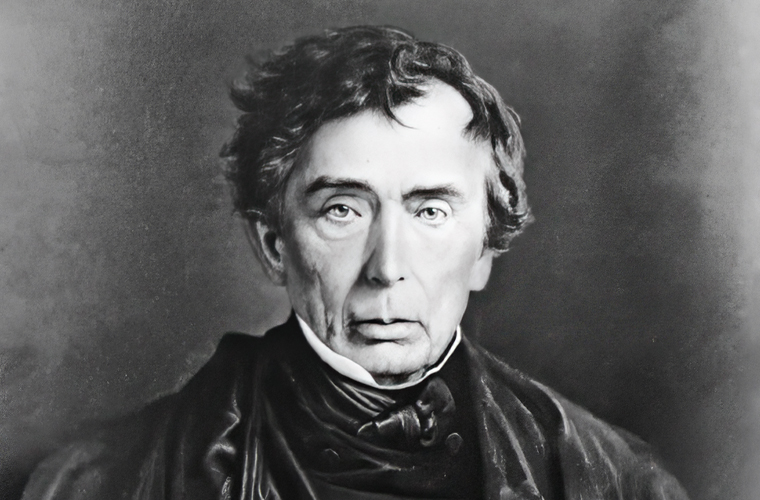Justice Roger B. Taney served as the fifth Chief Justice of the United States, holding the position from 1836 until he died in 1864. Taney’s tenure on the Supreme Court was marked by several significant decisions that had a lasting impact on American jurisprudence. His rulings on issues such as slavery, states’ rights, and the powers of the federal government continue to be studied and debated by legal scholars and historians.
Born in 1777 in Calvert County, Maryland, Taney began his legal career in the early 19th century, practicing law in his home state. He quickly gained a reputation as a skilled attorney and was appointed as the Attorney General of Maryland in 1827. In 1833, President Andrew Jackson nominated Taney to serve as the Secretary of the Treasury, a position he held until his appointment to the Supreme Court in 1836.
One of Taney’s most well-known and controversial decisions came in the case of Dred Scott v. Sandford in 1857. In this landmark case, Taney wrote the majority opinion, which held that African Americans, whether free or enslaved, could not be considered citizens of the United States and therefore had no standing to sue in federal court. The decision also declared the Missouri Compromise unconstitutional, further inflaming tensions between the North and South over the issue of slavery. Taney’s opinion in the Dred Scott case reflected his pro-slavery views and his belief in states’ rights. However, it also drew sharp criticism from abolitionists and others who opposed the expansion of slavery into new territories. The decision deepened the divide between the North and South and contributed to the growing unrest that would ultimately lead to the Civil War.



In addition to the Dred Scott case, Taney’s tenure as Chief Justice saw several other significant rulings. In Prigg v. Pennsylvania (1842), he delivered an opinion that upheld the Fugitive Slave Act of 1793, which required states to return escaped slaves to their owners. Taney also presided over cases involving the powers of the federal government, including Charles River Bridge v. Warren Bridge (1837) and Cooley v. Board of Wardens (1851), in which he generally favored a broad interpretation of states’ rights and limited federal authority.
Despite his controversial decisions, Taney was also known for his efforts to modernize and streamline the operations of the Supreme Court. He implemented changes to the Court’s procedures and administration, seeking to improve efficiency and ensure that cases were heard and decided promptly. Taney’s legacy is complex and continues to be a subject of debate among legal scholars and historians. While some view him as a staunch defender of states’ rights and limited government intervention, others criticize his pro-slavery positions and his role in exacerbating the tensions that led to the Civil War.
In 1861, Taney faced another significant challenge when he issued a ruling in Ex parte Merryman, declaring President Abraham Lincoln’s suspension of habeas corpus during the early days of the Civil War to be unconstitutional. The decision put Taney at odds with the Lincoln administration and highlighted the ongoing tensions between the executive and judicial branches during a time of national crisis.
Justice Roger B. Taney passed away in 1864 at the age of 87, leaving behind a complex and controversial legacy. His impact on American law and jurisprudence continues to be studied and analyzed, with his rulings serving as important touchstones in the ongoing evolution of constitutional interpretation and the balance of power between the federal government and the states.

